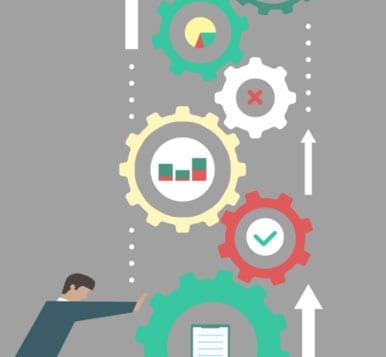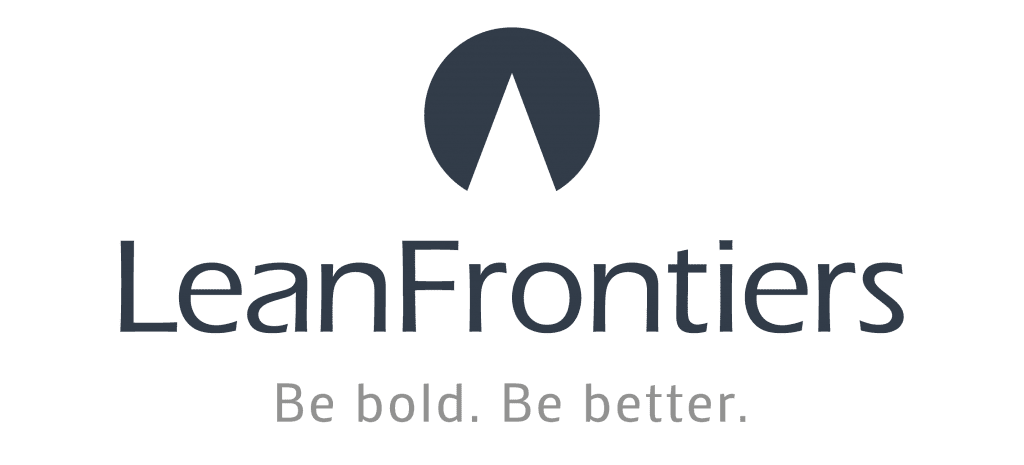NOTE from Lean Frontiers: The following guest post comes from Oscar Roche of the TWI Institute. Lean Frontiers is pleased to welcome Oscar as presenter to both the TWI Summit and Kata Summit. These two events make take place between February 17-21, 2020 in Austin, TX and together have come to be known as “Skills Week.” Learn more about Oscar and the many resources offered by his organization by visiting https://www.vwaust.com. Learn more about the TWI Institute by visiting www.twi-institute.org.
————————-
By Oscar Roche, November 2019
As with “Chinese whispers” (aka telephone game), as things get passed on, interpretation changes.
After spending 3 days with Mr Isao Kato, Mr Taichi Ono’s HR advisor, in Japan at the end of October it became clear that our understanding of Standardized Work has developed many shades of grey. When provided with his “5 levels” model and associated requirements for each it was succinct but daunting. We realized most of us are at Level 1 or 2. That was the bad news. The good news is a tremendous amount of value can be gained from getting to Level 2. Further, in Mr Kato’s view, most Toyota plants are at Level 4, few at Level 5. That was heartening!
We’ll first establish some base terminology for 3 things – Standardized Work, Work Standards and Standardization.
In the phrase “Standardized Work”, which is the goal, the word standardized is an adjective; it describes the work. Here “standardized” consists of 3 elements:
- At takt – the rate at which products must be made in a process to meet customer demand.
- Work sequenced precisely such that an operator performs tasks within takt time.
- Standard inventory (WIP) such that the process keeps operating smoothly. (This includes units in machines or on conveyors in a continuous process.)
The work itself is the foundation. Obviously without work none of this would be possible or make sense!
Resting immediately above the work are Work Standards. These are things (often documents, but don’t have to be) that clearly communicate what the required standard is – what is acceptable. The critical workplace element of “take action against unacceptable” is given life.
Essentially there are 3 types of Work Standards.
- Those relating to the output, the product or service being provided.
- Those relating to the machine/equipment that produce the output. (In a very manual process, there may well be not many of these.)
- Those relating to the human that produces the output or runs the machine and/or uses the equipment that produces the output.
Lastly there is the term “Standardization”. Standardization is a verb – it is the things we do to build adherence – moving from theory, the Work Standards, toward Standardized Work. It is here that there will be a pull for many of the tools we hear about and see such as:
- An effective training system. Perhaps this is the most important.
- Effective leadership (as people won’t always do what they know is right!)
- A way of removing “normal” impediments to flow e.g. 5S.
- A “Just In Time” system e.g. Kanban.
- Problem solving methods and continuous improvement patterns.
 By the way, building adherence through effective use of these tools and others reduces waste in the system.
By the way, building adherence through effective use of these tools and others reduces waste in the system.
As emphasized in the opening Mr Kato outlined 5 levels of Standardized Work. What follows is a very high-level view of this model.
Work Standards are at Level 1. Without them effectively in place progression through the levels won’t be possible. Work Standards, where applicable, are to include a time component – the standard time to do each element of the work (by the machine and/or the person).
Level 2 is where balancing the work to takt begins along with work sequencing and WIP for Just In Time. Charts and tools are used to illustrate. There is heavy emphasis on training to the standard along with means by which “unacceptable” can be quickly identified.
Level 3 requires a rapid means of addressing “unacceptable” to be in place along with reoccurrence prevention. The focus now comes on standardizing incidental tasks and levelling the distribution of work considering volume and workload changes.
Level 4 is now getting to the fine points of Standardized Work – pursuing very low cycle up and changeover times, multiskilling people and driving genuine continuous improvement.
Finally, Level 5 will see a rigorous system of checks and balances in place for ensuring the effectiveness of rapid response and continuous improvement.
And now … take a breath. As Mr Kato said, not every organization can and needs to get to Level 5. But substantial benefit will be gained by adopting the philosophies of Standardized Work to take you as far forward as is needed.
UPCOMING
WEBINAR #3
Standardization Step Up 2 Along with Implications for Management and Supervisors
Wed, May 20, 2020
2-2:30 PM EDT • Free
REGISTER FOR WEBINAR
WEBINAR #1
An Introduction to Standardized Work and the 5 “Step Ups:” What We Understand from Toyota
VIEW RECORDING
WEBINAR #2
Without Work Standards (Step Up 1) There Won’t Be Standardized Work
VIEW RECORDING
Learn TWI & Toyota Kata following a prescribed continuum from awareness to skill development to mastery.
https://leanfrontiers.com/continuum/


